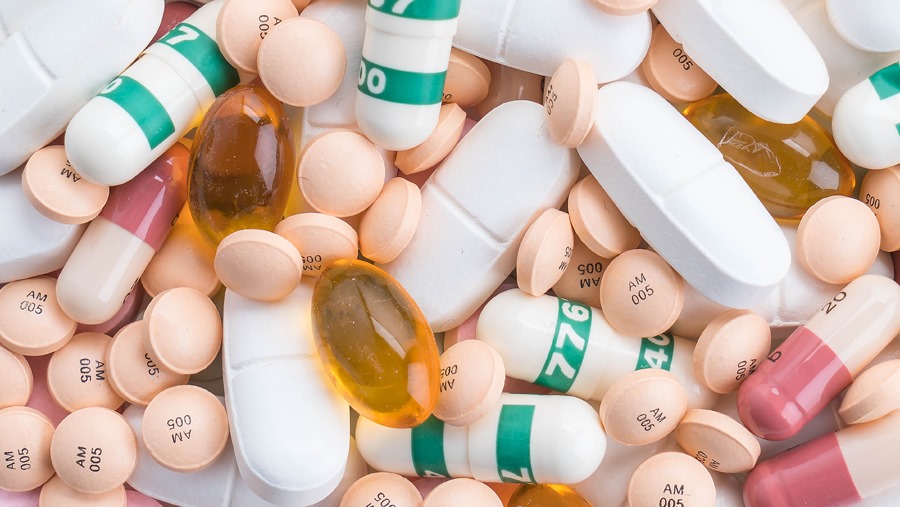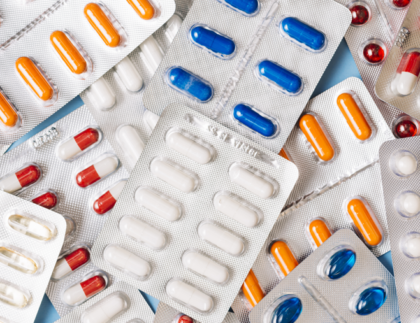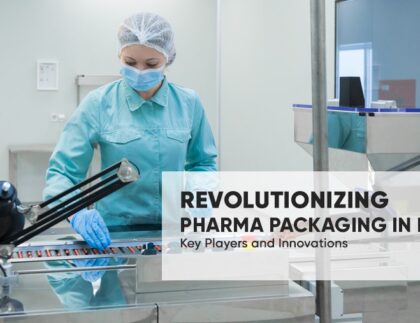
In the ever-evolving world of pharmaceuticals, the importance of safe and effective packaging cannot be overstated. Pharmaceutical packaging plays a pivotal role in ensuring the integrity, safety, and efficacy of drugs while complying with regulatory standards. Brazil, as a significant player in the global pharmaceutical industry, has its unique set of regulations and packaging requirements. In this comprehensive guide, we will delve into the various types of pharmaceutical packaging used in Brazil, shedding light on their significance, regulations, and evolving trends.
Blister Packaging
Blister packaging is a widely used type of pharmaceutical packaging in Brazil. It consists of a thermoformed plastic sheet with individual pockets or cavities for each dose of medication. These pockets are sealed with a foil or plastic backing. Blister packaging offers several advantages:
a. Tamper-Evident: It provides clear evidence of tampering, ensuring the safety of the product.
b. Dose Accuracy: Blister packs help in precise dosing, reducing the risk of medication errors.
c. Moisture and Light Barrier: Blister packs protect drugs from moisture and light, enhancing their stability.
Brazilian Regulatory Insight: The Brazilian Health Regulatory Agency (ANVISA) sets stringent regulations for blister packaging. These include specifications for materials, labeling, and tamper-evident features.
Vials and Ampoules
Glass vials and ampoules are commonly used for the packaging of injectable drugs and vaccines in Brazil. These containers are known for their exceptional sterility and compatibility with a wide range of pharmaceutical formulations.
a. Sterility Assurance: Glass vials and ampoules are autoclavable, ensuring the highest level of sterility.
b. Protection from External Factors: They protect the drug from contamination, oxygen, and light.
Brazilian Regulatory Insight: ANVISA has specific regulations governing the production and labeling of vials and ampoules, including requirements for sterility testing and packaging materials.
Plastic Bottles
Plastic bottles are prevalent in Brazil for packaging liquid pharmaceuticals, such as syrups, suspensions, and oral solutions. These bottles are available in various sizes and are chosen for their versatility, cost-effectiveness, and ease of use.
a. Child-Resistant Caps: Many plastic bottles used in Brazil are equipped with child-resistant caps to prevent accidental ingestion.
b. Light and Moisture Protection: Plastic bottles can be designed to protect the contents from light and moisture.
Brazilian Regulatory Insight: ANVISA has stringent guidelines for plastic bottle packaging, particularly regarding labeling, safety features, and material compatibility.
Glass Bottles
Glass bottles remain a preferred choice for certain pharmaceutical products in Brazil, especially for sensitive formulations and high-value drugs. They offer several advantages:
a. Inertness: Glass is chemically inert, ensuring that the drug remains uncontaminated.
b. Oxygen and Moisture Barrier: Glass bottles provide an excellent barrier against oxygen and moisture.
Brazilian Regulatory Insight: ANVISA mandates rigorous quality control and testing procedures for glass bottles, emphasizing their suitability for pharmaceutical use.
Pre-Filled Syringes
Pre-filled syringes have gained popularity in Brazil for their convenience and accuracy in delivering parenteral medications. These ready-to-use syringes come with pre-measured doses and are designed to minimize the risk of dosing errors.
a. Precision Dosing: Pre-filled syringes ensure precise dosing, particularly for high-potency drugs.
b. Reduced Contamination Risk: Since they are pre-sealed and sterile, the risk of contamination is minimal.
Brazilian Regulatory Insight: ANVISA provides guidelines for the production, labeling, and quality control of pre-filled syringes to ensure their safety and efficacy.
Flexible Packaging
Flexible packaging, such as pouches and sachets, is commonly used for over-the-counter (OTC) drugs, vitamins, and nutritional supplements in Brazil. This type of packaging offers several advantages:
a. Cost-Effective: Flexible packaging is often more cost-effective than traditional rigid packaging.
b. Portability: It is lightweight and easy to carry, making it ideal for consumer convenience.
Brazilian Regulatory Insight: ANVISA regulates the labeling and quality standards for flexible packaging to ensure product safety and consumer information.
Secondary Packaging
Secondary packaging includes cartons, boxes, and labeling materials used to package primary pharmaceutical containers. It serves multiple purposes, including branding, information dissemination, and additional protection.
a. Branding and Information: Secondary packaging provides a platform for branding and includes essential product information, such as dosage instructions and warnings.
b. Tamper-Evident Features: Tamper-evident seals on secondary packaging enhance product security.
Brazilian Regulatory Insight: ANVISA mandates specific requirements for secondary packaging, including tamper-evident features and labeling standards.
Sustainable Packaging
As global awareness of environmental issues grows, sustainable packaging has become a significant trend in the pharmaceutical industry in Brazil. This includes using recyclable materials, reducing packaging waste, and minimizing the environmental impact.
a. Eco-Friendly Materials: Sustainable packaging materials, such as recycled paper and biodegradable plastics, are gaining traction.
b. Regulatory Support: ANVISA encourages sustainable packaging practices and may provide incentives for environmentally friendly packaging solutions.
Conclusion
Pharmaceutical packaging in Brazil is a dynamic field, shaped by stringent regulatory standards, technological advancements, and changing consumer preferences. Understanding the various types of pharmaceutical packaging and their regulatory implications is crucial for pharmaceutical companies operating in this market. As the industry continues to evolve, embracing sustainable packaging practices and ensuring the highest level of product safety and integrity will be paramount. By staying informed about the latest trends and regulatory updates, pharmaceutical manufacturers can navigate the complex landscape of packaging in Brazil effectively, ensuring the continued delivery of safe and effective medicines to patients across the country.



